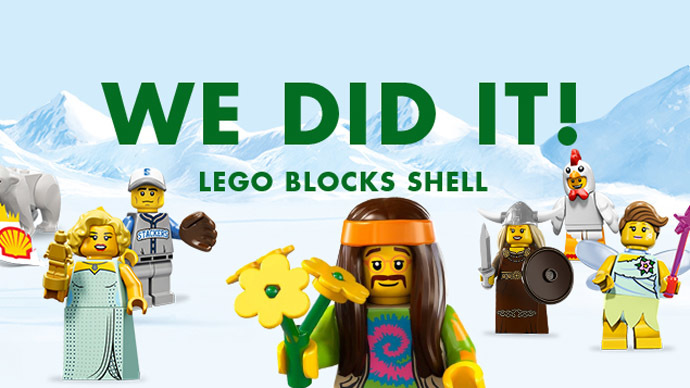The name 'LEGO' is an abbreviation of the two Danish words "leg godt", meaning "play well". It’s their name and it’s their ideal.
The LEGO Group was founded in 1932 by Ole Kirk Kristiansen. The company has passed from father to son and is now owned by Kjeld Kirk Kristiansen, a grandchild of the founder.
Nowadays, the LEGO Group continues its growth and presents strong annual results. “In 2014, we increased our sales by 15 percent. I am proud that we delivered high quality creative play experiences to millions of children all over the world. This resulted in a highly satisfactory result for us, and it remains our aspiration to be the best at what we do,” declared Jørgen Vig Knudstorp, President and CEO of the LEGO Group.
Indeed, the results of the Danish company are great. Their revenue growth excluding foreign exchange impacts was 15% year over year on a local currency basis, also their revenue increased by 13% in DKK to DKK 28.6 billion against DKK 25.3 billion the year before. The year's operating profit increased to DKK 9.7billion against DKK 8.3 billion in 2013 – an increase of 16%. There was zero product recalls this year, for the 5th year and the number of their employees only keeps increasing every year.
LEGO has been the victim of many controversies for the past years. For example, there was the one of Zbigniew Libera's project consisted of fake Lego packaging detailing an Auschwitz-style death camp. Some Holocaust activists saw the work as trivializing the experiences of survivors, while others disagreed. The Jewish Museum in New York City displayed the sets for several months in 2002 as part of an exhibit on Nazi imagery in modern art. There was also the “Friends” set controversy. In fact, when Lego Friends was launched, it was met with protests from some consumer groups saying the toys were reinforcing gender stereotypes. The line includes a set for girls with mini-figures in pink, purple and green settings, a dream house, a splash pool and a beauty shop. In the US, the SPARK movement against the sexualization of girls and young women organized a petition with more than 50,000 signatures calling on Lego to change its marketing strategy.
There was also the story of the petition against the collaboration between LEGO and Shell made by Greenpeace. They realized a short movie, using LEGOs, and showing the scenes being drowned in a flood of petrol.
Green Peace’s campaign, in the end, resulted to what everyone wanted. After more than 50 years of partnership, the multinational ended its relations with the oil giant.
“Kids have a very honest and pronounced view on things such as the Earth and -animals. I wondered why Lego with such a strong brand and such dominance would get into bed with Shell,” he said. “Greenpeace have done an outstanding job, to apply the pressure. This is a wake-up call to oil and gas and other energy companies that need to recognize they cannot lobby the [younger] generation that is going to inherit the Earth. Their spin machines need to wake up to that.”




